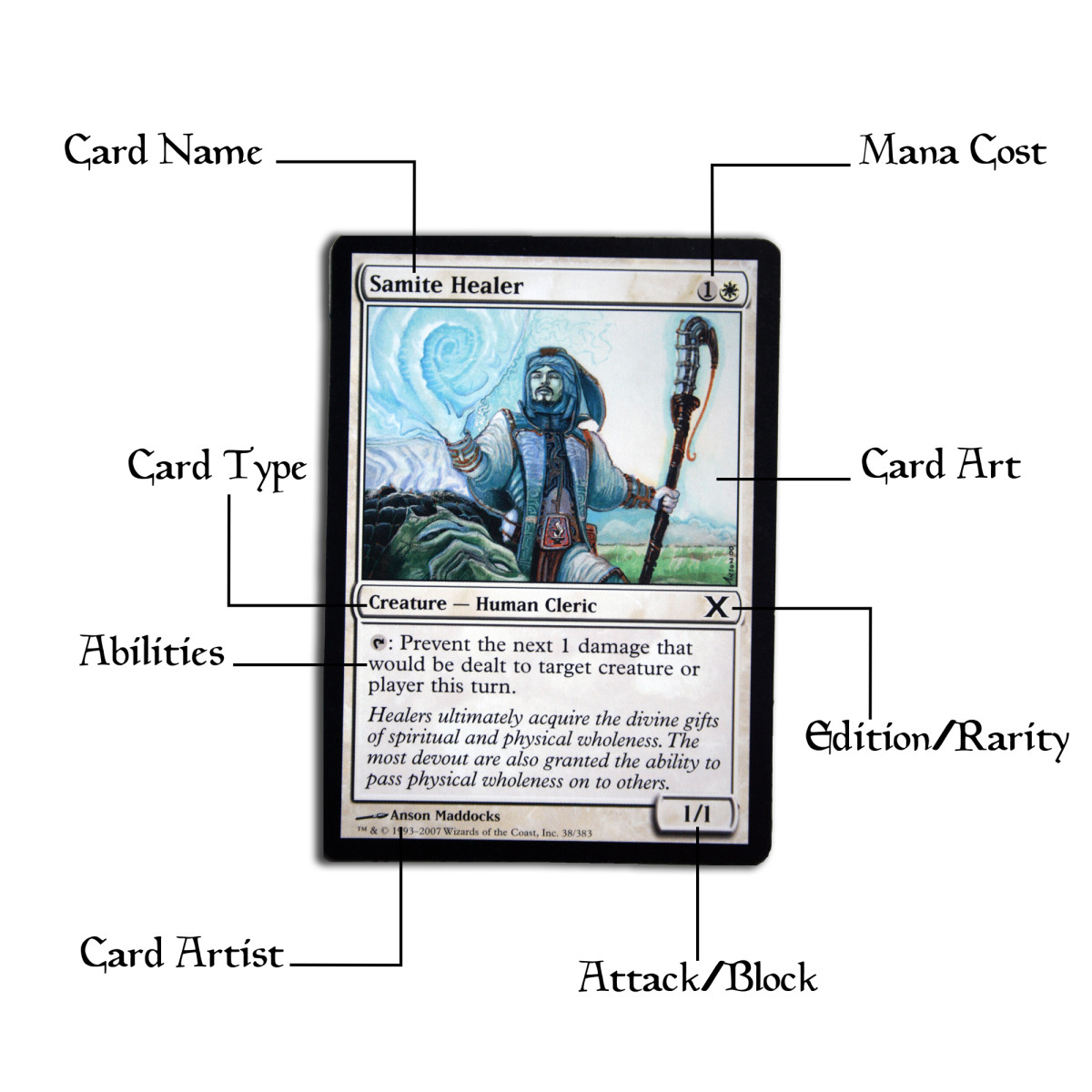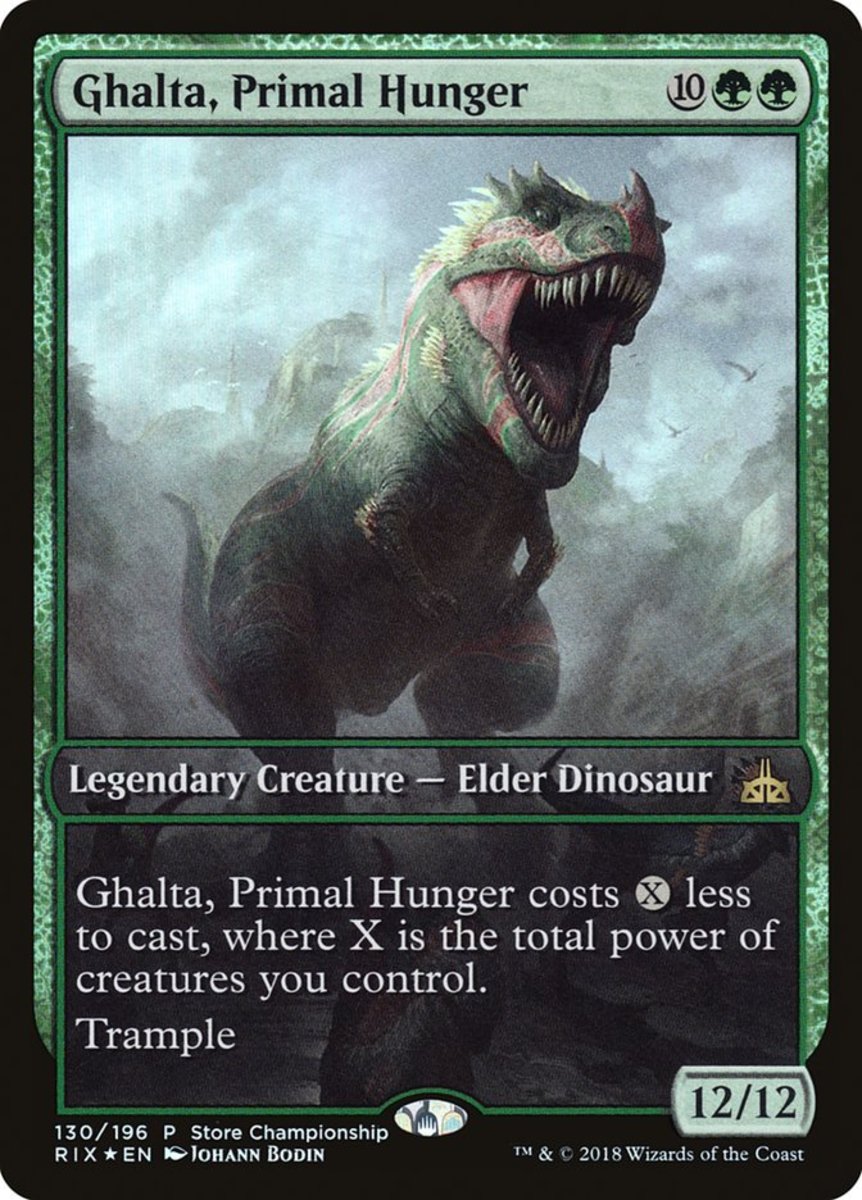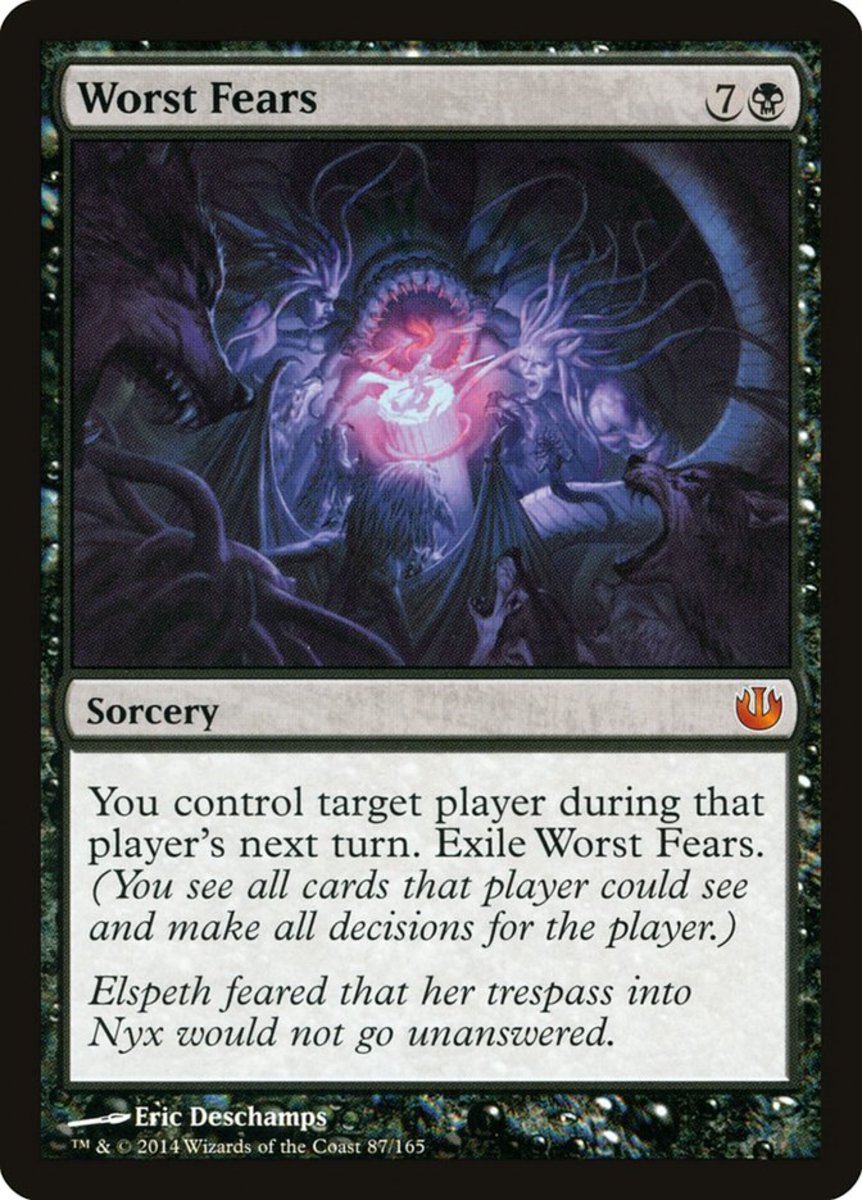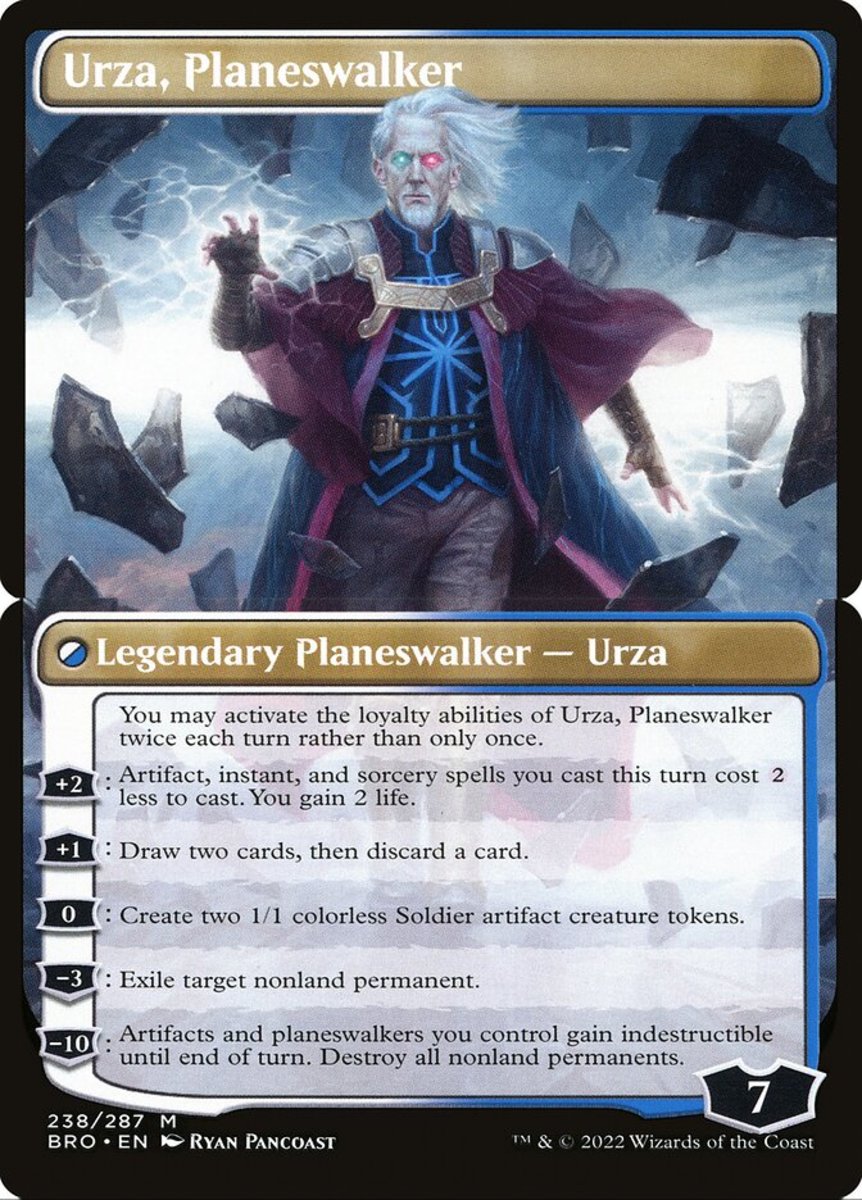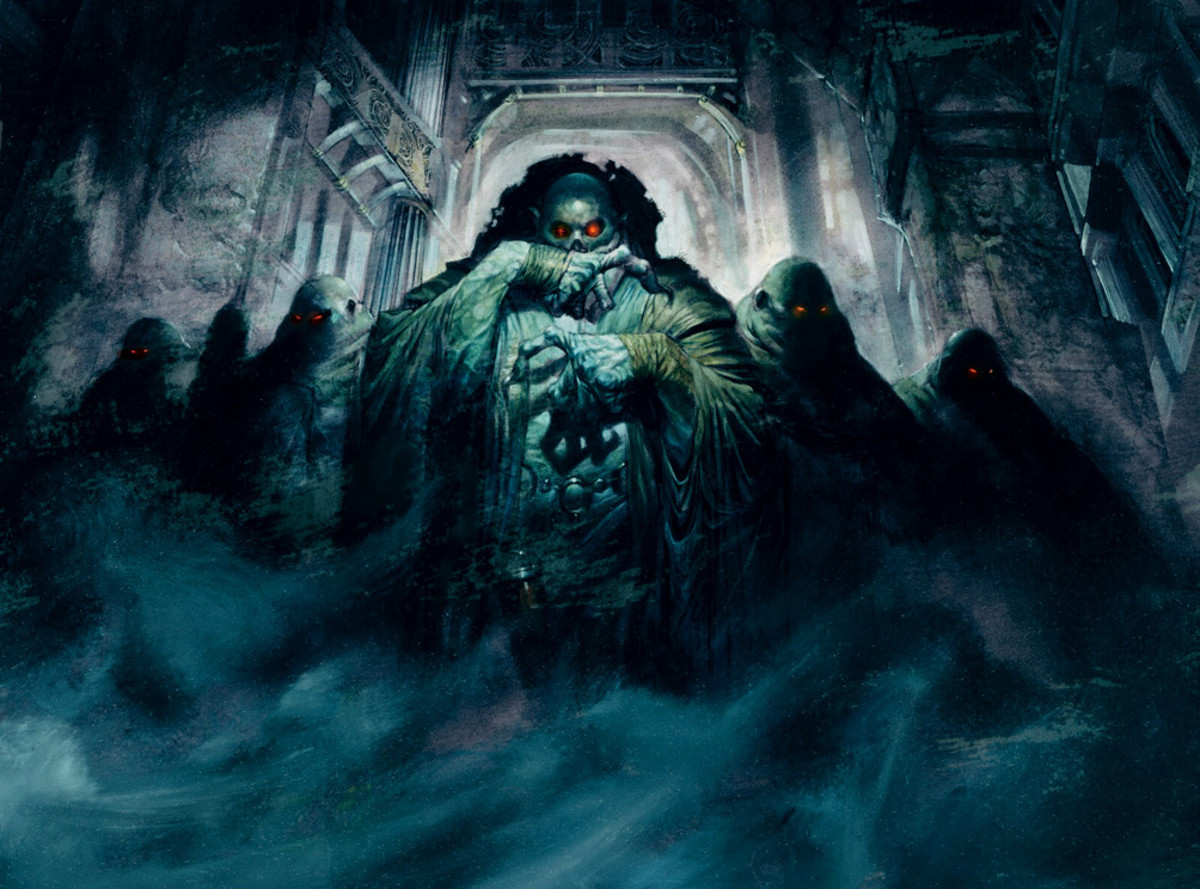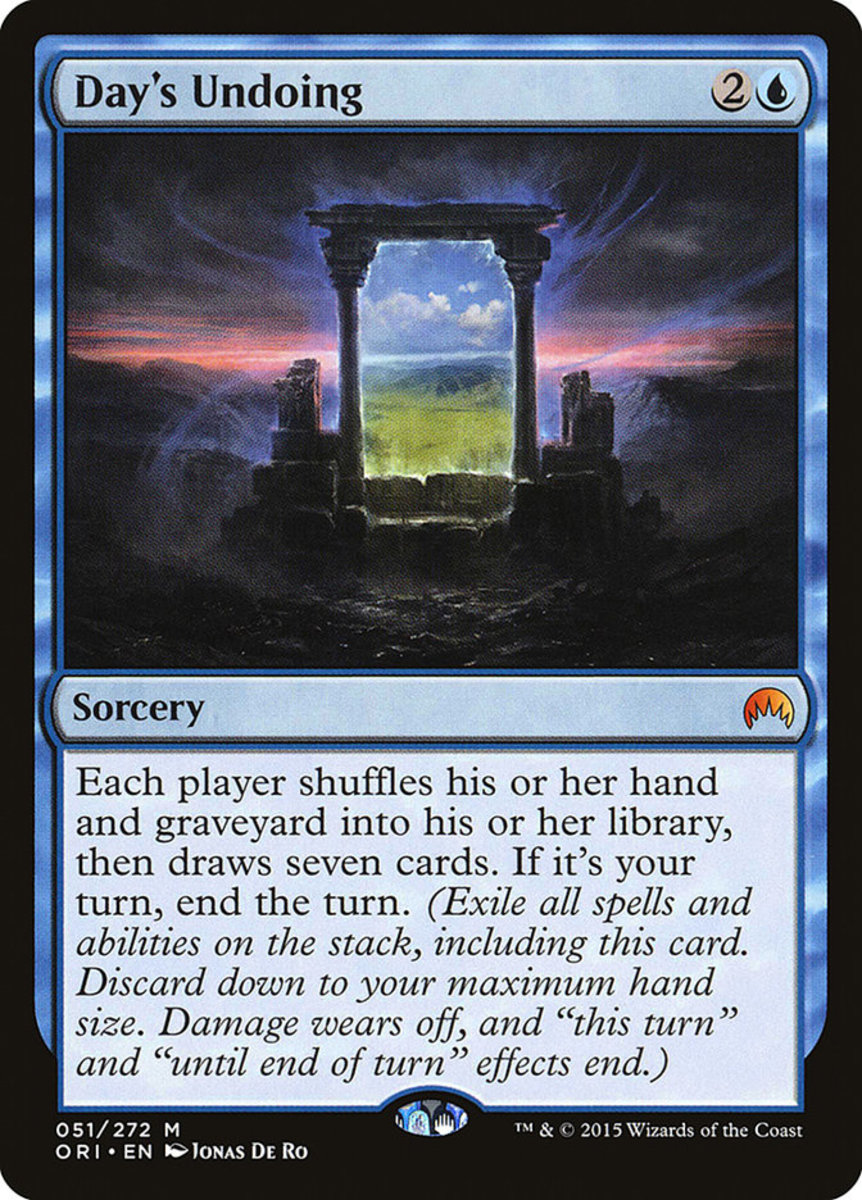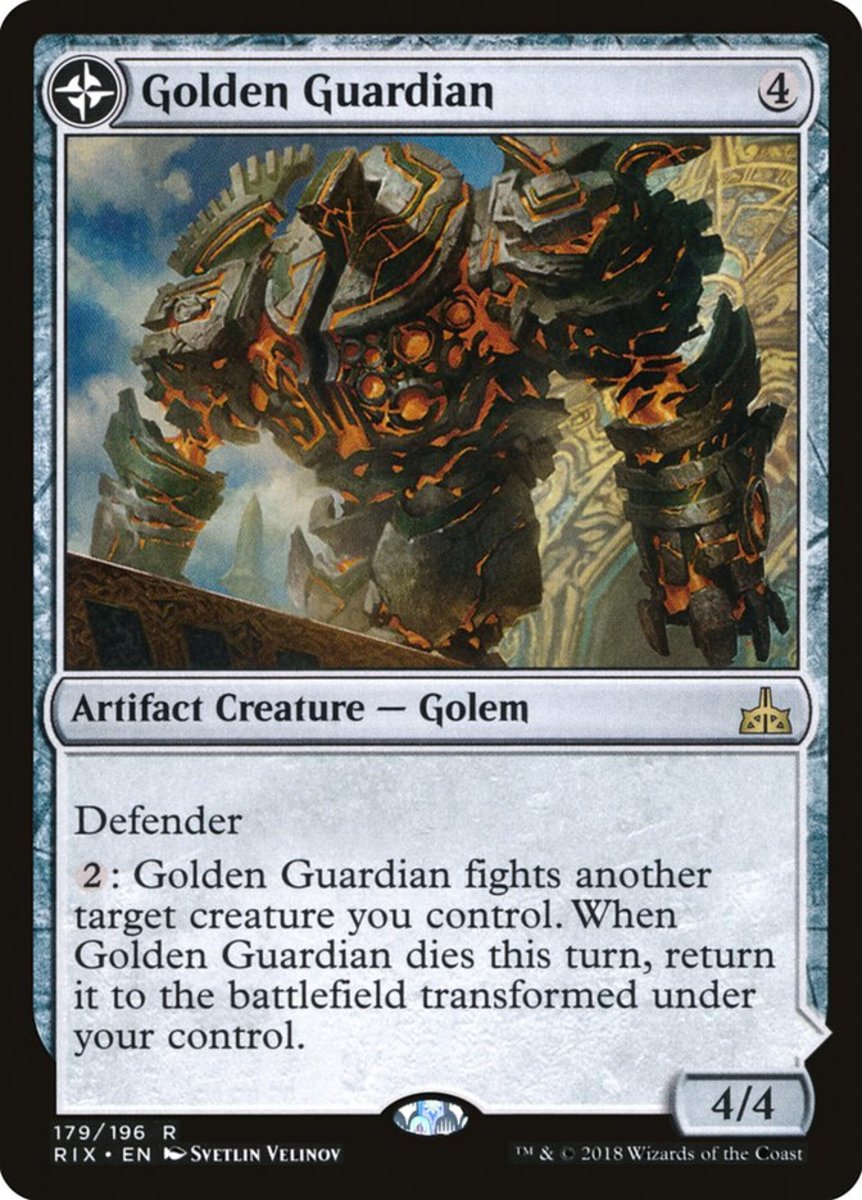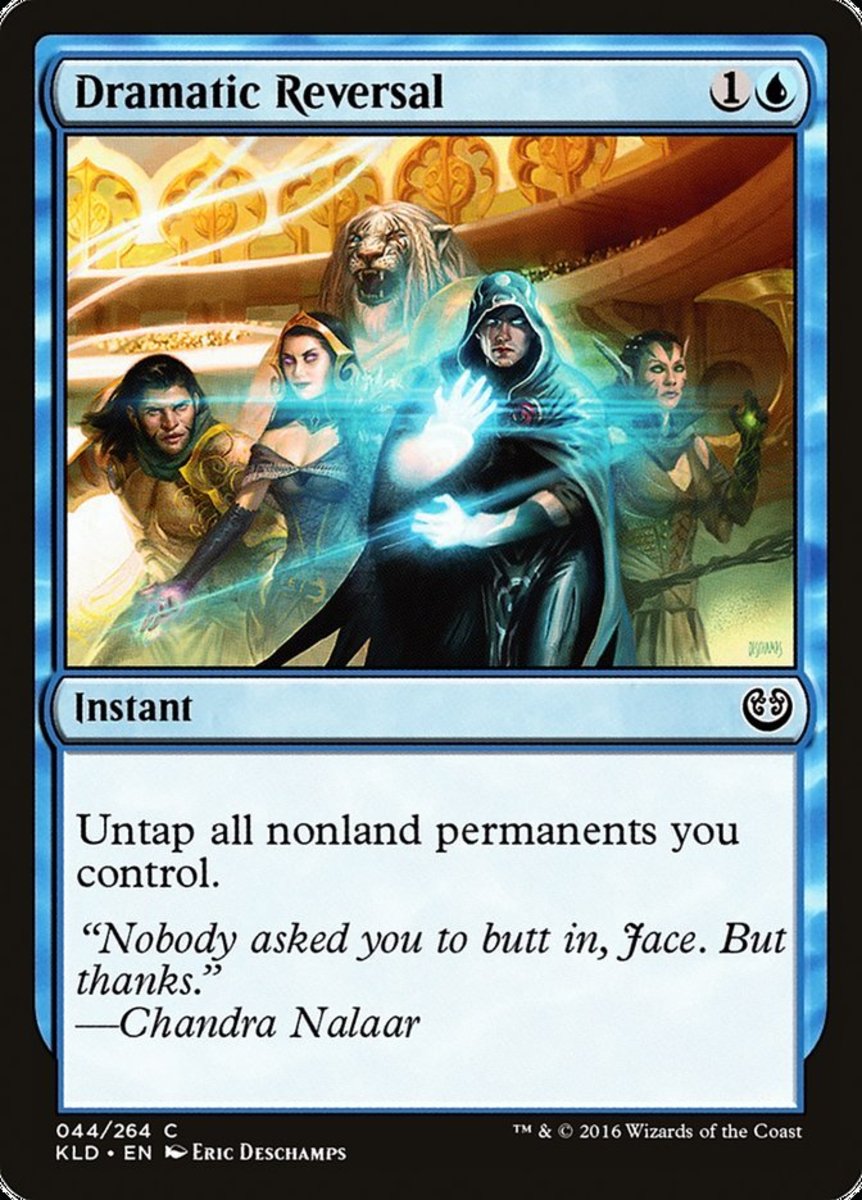- HubPages»
- Games, Toys, and Hobbies»
- Card Games»
- Collectible Card Games
Tips for Cheap Magic Decks: How to Plagarize a Deck
Magic: Make Your Money Reappear

Magic on a Budget and a Tight Schedule
Magic the Gathering is loads of fun to play, but both new and old players can get burned how just how much money it takes to buy magic cards and how much time it takes to create a fun magic deck. One of the best ways to get magic on a budget and a magic deck in no time is to find a tournament deck that's performed well and plagarize the deck it. Simply put, a card's value is highly dependent on its ability to win games at the most competitive events: pro tournaments. Your best path to magic on a budget is to modify a tested tournament deck.
(For tips on getting individual cards click here)
Quick and Cheap Magic through Tournament Deck Lists
Here's the logic. You'd like a deck that's is effective, but effective cards are hard to find when playing magic on a budget. You'd like a deck that 's interesting, but it can take hours to creature a fun magic deck. (The card set is over 10000). Of course, an interesting mtg deck that is effective strain both the mtg budget and mtg time investment combined. Since the key to magic on a budget is to avoid tournament decks, one of your best sources is to find a fun mtg deck that worked well in an obsolete format.
Wizards of the Coast's Rotating Tournament Formats
Official tournament structure is either eternal (pre-existing card sets are not removed from the available card set) or rotating (new mtg expansions and core sets displace old ones). The deck list of a rotating format will eventually become obsolete (except in those rare instances where a new deck type proves strong enough to compete in the eternal formats). Once a deck list becomes obsolete prices will fall, but the deck will have already proven itself. Here you have a magic deck on a budget and a magic that's fun to play in no time. You just have to know how to modify it, and what to look for.
What Goes Down Must Come Up

The Living End Combo Deck, from Extended
There are many decks to illustrate this process, but the Living End Combo deck is one of the best. What makes the deck attractive is an unexpected combo from two sets that are far apart from each other (lots of successful extended decks have these features). In this case the combo involved a uncastable spell that had to be suspended (from Time Spiral Block) and a spell with cascade (from the Alara Block). When a spell with cascade is cast, it turns over cards in your library until it finds a spell of lower cost and gives you the option to cast it. Since the suspend cards had a CMC of 0, a cascade spell would set them off automatically so long as no other card would set off the cascade. The lowest cost cascade cards have a CMC of three. Thus, everything in the deck would have to cost 3 or more (something of a liability in tournaments). However, two of those suspend only cards (Hypergenesis and Living End) happen to work perfectly fine with this limitation. Hypergenesis lets all players taking turns playing any permanent they want, with casting cost being irrelevant. Living End puts all the creatures on board into the graveyard and your graveyard creatures into play. The Extended format at the time had two mechanics that that quickly put creature cards into the graveyard cheaply (the cycling and evoke mechanics). It was able to do this quickly enough to make a decisive move in 3-5 turns (good time frame for an extended deck). Big fat Hypergenesis creatures cost money, but cycling and evoke cards are often 10 cent comoons. All in all, a good deck to get started with. (An interactive version of this deck is at tcgplayer.com. Look over the deck and note the price.) An excellent source for pre-made decks to plagarize. (Thanks to the user crazyc for compiling the deck!)
Deck List:
Living End Deck (Extended, Time Spiral to Zendikar)
Main Deck: (Green, Black, Red)
Creatures (32)
Creatures With: Cycling Mana Cycling 4 Deadshot Minotaur 4 Igneous Pouncer 3 Jungle Weaver 3 Valley Rannet 4 Monstrous Carabid 4 Street Wraith Evoke Other Creatures 2 Ingot Chewer 4 Fulminator Mage 3 Shriekmaw 1 Spitebellows
Spells (9)
3 Demonic Dread (cascade) 3 Living End (combo card) 3 Violent Outburst (cascade)
Lands (19)
Nonbasic Land Basic Land1 Blood Crypt 2 Forest 3 Fire-Lit Thicket 6 Mountain 1 Stomping Ground 2 Swamp 3 Graven Cairns 1 Overgrown Tomb
Sideboard:
3 Blood Moon 3 Firespout 2 Ingot Chewer 3 Ravenous Trap 4 Thoughtseize
How the deck works: this is a combo deck revolving around the card Living End. It is a card that cannot be cast, it must be suspended (it doesn't get cast until a certain number of time counters are removed, one for every upkeep). When it is cast, everyone's creatures die and then everyone's creature cards from their graveyard get returned from play. The tournament problem is that it would take until turn 7 to go off. However, a nice ability called cascade came into play. When a spell with cascade is played, you start to flip over cards until you reveal a card of lower converted mana cost and you have the option to cast it for free or not. Since Living End's converted cost is zero, a cascade card will automatically bring up living end provided you have no card in your deck with a cost great than the cascade spell. There are two cards (both commons) with a casting cost of 3. For the combo to work, you just play cards with a casting cost of three or more that easily go into your graveyard. There were plenty of great options when the deck was legal in extended. The card set is still legal in modern which means you have even more choices to choose from.
Why this deck is perfect for adaptation: there are only two cards you need to win with this deck: your cascade spells (commons) and Living End (currently $2). The deck archetype was competitive pro tour extended deck, which means it will probably compete nicely at your local gaming shop in the modern tournament format and also has multiplayer/casual potential. It also makes effective use of niche cards (casting cost cards 3 or more that easily get into the graveyard) that are weak in other decks. Plus most of the cards in it are commons anyway. So, let the modification begin!

Time For Budgeting
Step One: Remove Expensive Dual Lands (lands that can produce multiple colors)
Dual land is pro tournament bread and butter. Pro players use them extensively because they want to make sure they never end up with cards they can't cast because they're in the wrong color. These lands are nearly always $10+ and generally stay that way. But outside the pressure of a pro tournament playing basic lands, or less powerful duals, can easily shed a $100+ from a pro tournament deck.
Like all competitive decks the land base is highly tweaked. Just about everything the deck wants to accomplish turn one costs R. Just about everything else turn two involves two colorless. Turn three the deck will want to have the land base be able to cast anything in the deck, so here's a less expensive base that will do the same thing.
Land
3 Forest
4 Jund Panoramas
9 Mountain
3 Swamp
Thought Seize on Amazon
Step Two: Eliminate Overpriced Sideboard Cards
Sideboards are a spare 15 cards you can swap out to handle other decks your deck might have trouble competing with. In some cases these cards have such utility that they are in demand and quite expensive. Here I'm going to gun after a specific card in the sideboard, the 4 Thought Seizes. Thought Seize costs one black, results in two life loss, and allows you to look at a player's hand and discard a card from it. The card has two draw backs: it interferes with the suspend combo and any creatures discarded will be brought back by a living end later. However, its speed and versatility obviously led the deck maker put 4 copies in the sideboard. For one mana it lets you look a players hand and remove its most dangerous card. Between red, green, and black you can basically handle any create on the board. This deck doesn't have much to handle spells or aggressive weenie creatures that will pack quite a punch before you pull out your combo. Thoughtseize is the best way to handle both. But its currently a $35 dollar card. Replace the Thought Seize with Duress or Blightning--great discard spells that won't require a $100 sideboard investment.
Step Three: Phase out other high price cards not necessary for pro tournament strength play.
Even a $2 card can add up when you're playing four copies. Just ask yourself if the function of a card might be substituted out with a cheaper card. I'll start with the card Fulminator Mage ($2). A three converted mana cost 2/2 that can be sacrificed to destroy nonbasic land. This card is exceptional in a tournament format where nonbasic land is heavily relied upon. You also get the added perk of being able to destroy another nonbasic land if it's brought back by living end. I went looking for 2/2's of converted mana cost 3 to place them. Here are my suggestions:
1) $.25 Brianhorn: 3G 2/2 Flash, Evoke 1G. When Brianhorn comes into play target creature gains +2/+2. When you evoke a creature it goes straight to the graveyard after its effect goes off. This is a 2/2 creature that can get into your graveyard quickly. It's flash ability can bring out a blocker at instant speed.
2) $ 5 Magus of the Moon: So Magus of the Moon is three dollars more a copy, but the switch can make sense for tournament play. As noted previously you'll be using basic land. Magus is a creature that turns all nonbasic lands into mountains. Since tournament play is so weighted on nonbasic land, Magus of the Moon has the potential to cripple an opponent not playing red. So while Magus is a more expensive replacement for Fulminator, it gives you a competitive advantage after you've saved the $100 by placing basics. If your opponent isn't relying heavily on non-basic land a Magus of the Moon will provide you the same thing Fulminator does, a 2/2 creature for 3. Plus, since Magus of the Moon will allow you to remove the Blood Moons in your sideboard for something else (3+ cost of course)
Budget Deck for Modern Tournament Format
Main Deck: (Green, Black, Red)
Creatures
4 Deadshot Minotaur
4 Magus of the Moon
4 Igneous Pouncer
2 Ingot Chewer
3 Jungle Weaver
4 Monstrous Carabid
3 Shriekmaw
1 Spitebellows
4 Street Wraith
3 Valley Rannet
Spells
3 Demonic Dread (cascade)
3 Living End (combo card)
3 Violent Outburst (cascade)
Land
3 Forest
4 Jund Panorama
9 Mountain
3 Swamp
Sideboard:
3 Rift Bolt
3 Firespout
2 Ingot Chewer
3 Ravenous Trap
4 Duress
Step Four (optional): Re-tool the Deck for Multiplayer Play
Multiplayer games are almost always casual (i.e. cheaper) and winning a multiplayer game, especially 4+ has lot more to do with timing and player dynamics/politics. (For more specifics I have a series on magic politics one, two, and three ) Play is generally slower and lasts longer. This Living End has great multiplayer potential: it is strong, it does something unexpected, and it is easily adaptable to multiple players. Living End wipes every creature from the board, and then puts every graveyard creature in play. So no matter how strong any player's army gets, a Living End will knock it out. Players will know this and you'll will balance playing creatures versus holding them in their hand and it should make for a fun game that your deck can win. Here's a basic re-tooling:
1) Edit Combo Cards: +1 copy of living end (you might have to play more than one), +1 violent outburst/-1 demonic dread (instants trump sorceries in multiplayer)
2) Readjust the Creature Base: 4/4's and 6/3's without abilities mean little in multiplayer unless they can accomplish something else. Toss out the Valley Rannets, Monstrous Carabid, and Streetwraiths. Replace them with creatures that will build your graveyard (Stinkweed Imp, Shambling Shell) and creatures that will beat opponents into submission (Doomgape, Hellkite Overlord, Creakwood Liege, etc.) Plan your deck around having to use Living End more than once. I personally readjusted the creature base, fairly extensively. (I can explain my choices in the comment section) Here goes:
Living End Combo Deck for Casual (still legal in Modern format)
Creatures
4 Deadshot Minotaur
2 Carrion Thrash
4 Igneous Pouncer
2 Ingot Chewer
3 Jungle Weaver
2 Shambling Shell
3 Shriekmaw
2 Spitebellows
2 Stinkweed Imp
2 Drooling Groodins
2 Sister of Stone Death
2 Skarrgan Skybroker
1 Borborymos
Spells
2 Demonic Dread (cascade)
3 Living End (combo card)
4 Violent Outburst (cascade)
Land
4 Forest
4 Jund Panorama
7 Mountain
4 Swamp
Sideboard:
3 Ricochet Trap
3 Firespout
2 Ingot Chewer
3 Ravenous Trap
4 Coercion
Notes on the Living End multiplayer Deck:
1) It will be difficult to play. You will have to be sensitive to what's in your hand, in play, and in your graveyard. You'll have to do likewise with other players. This is a thinking player's deck.
2) You will have to work to get your lands out. Consider modifying the deck if it keeps running out of mana
3) If players find the deck too difficult to play against they may gang up to kill you.
4) As a deck based on a single spell, you are weak to counter magic. Ricochet Trap and Coercion are for counter decks.


